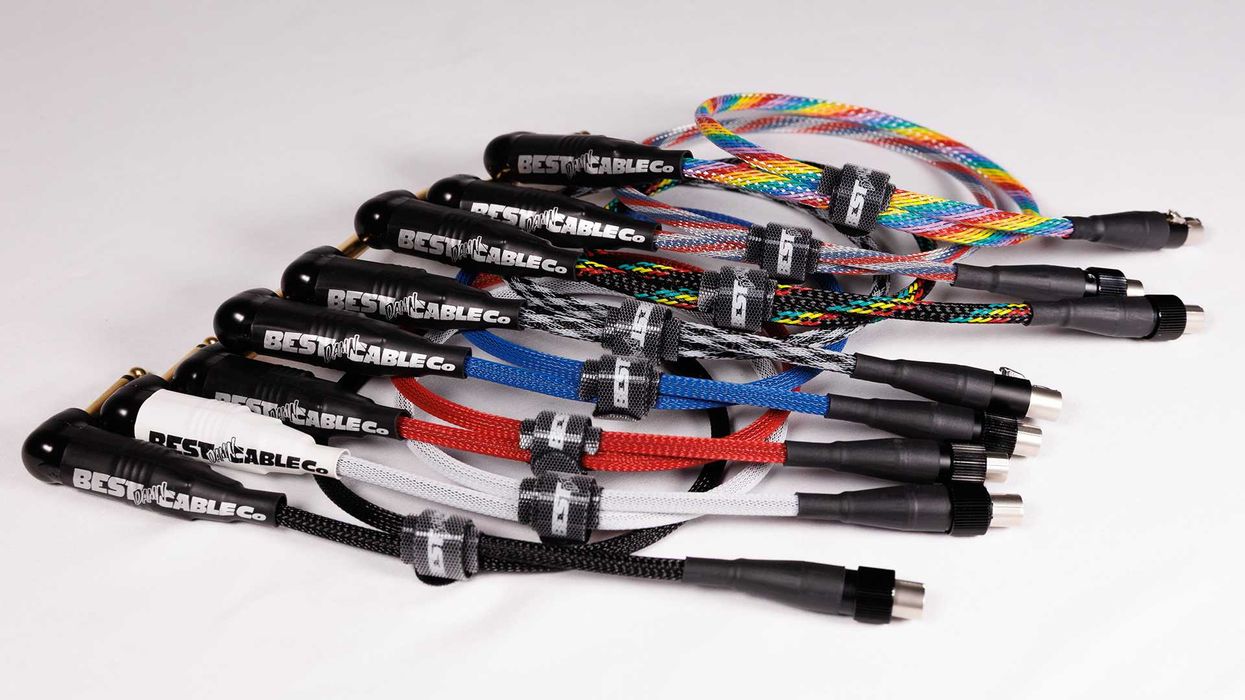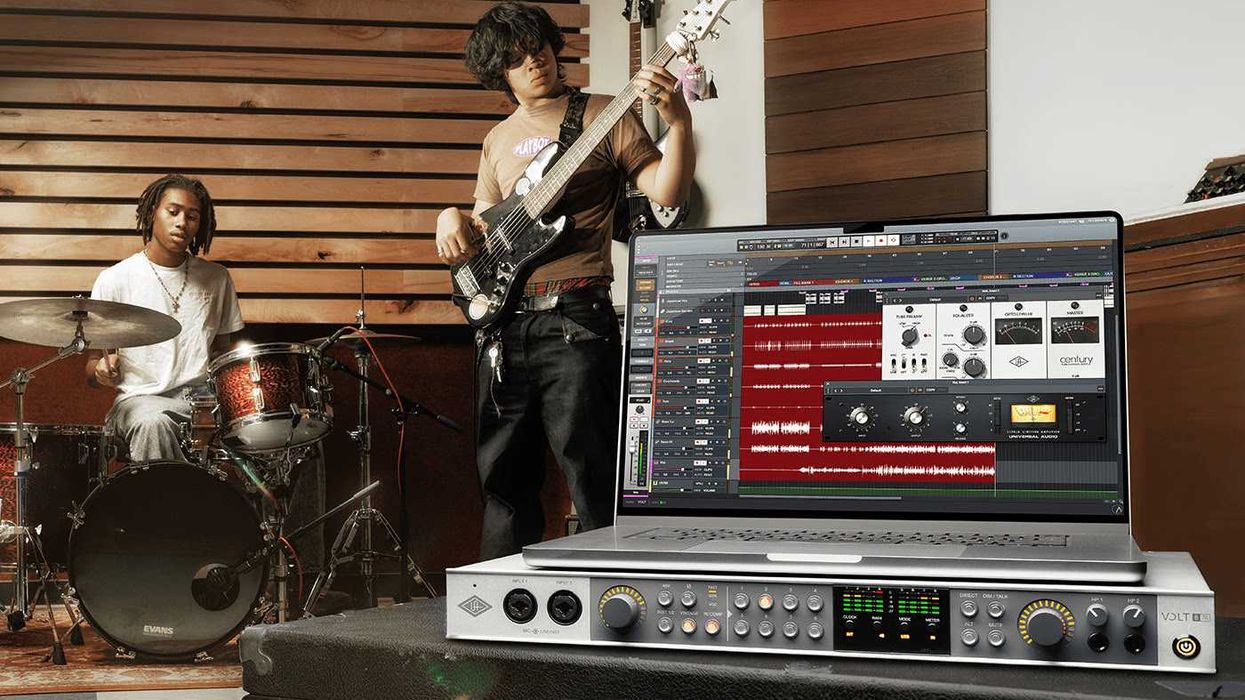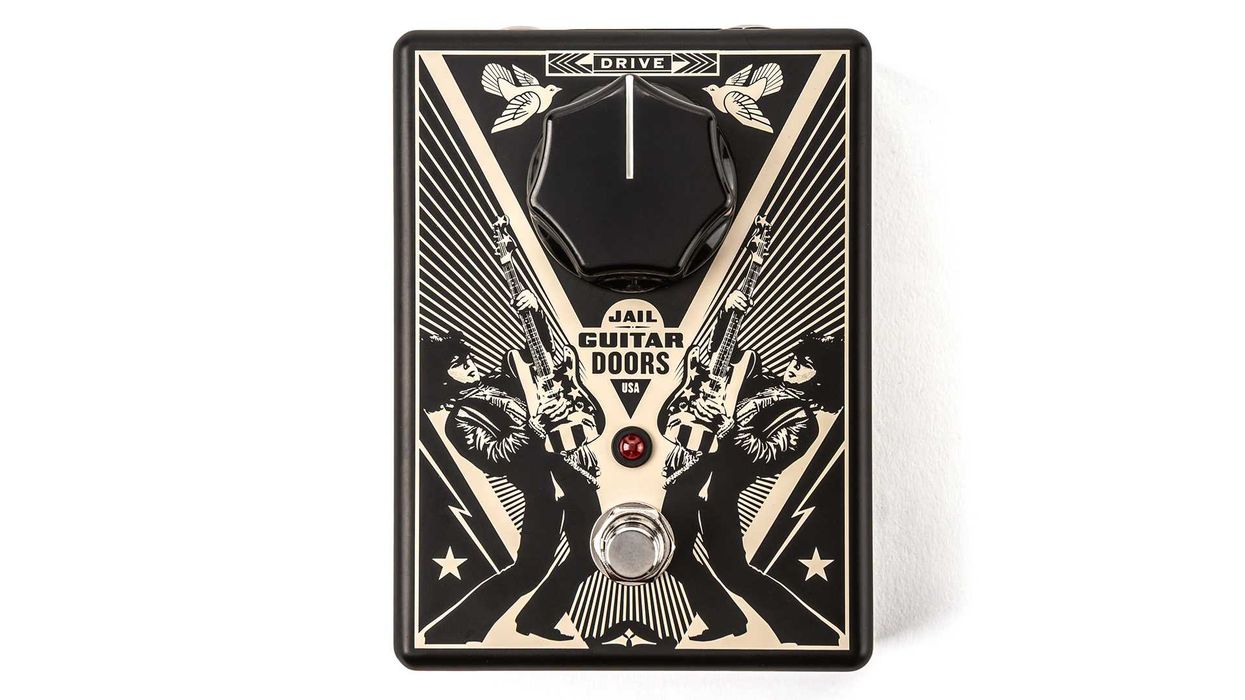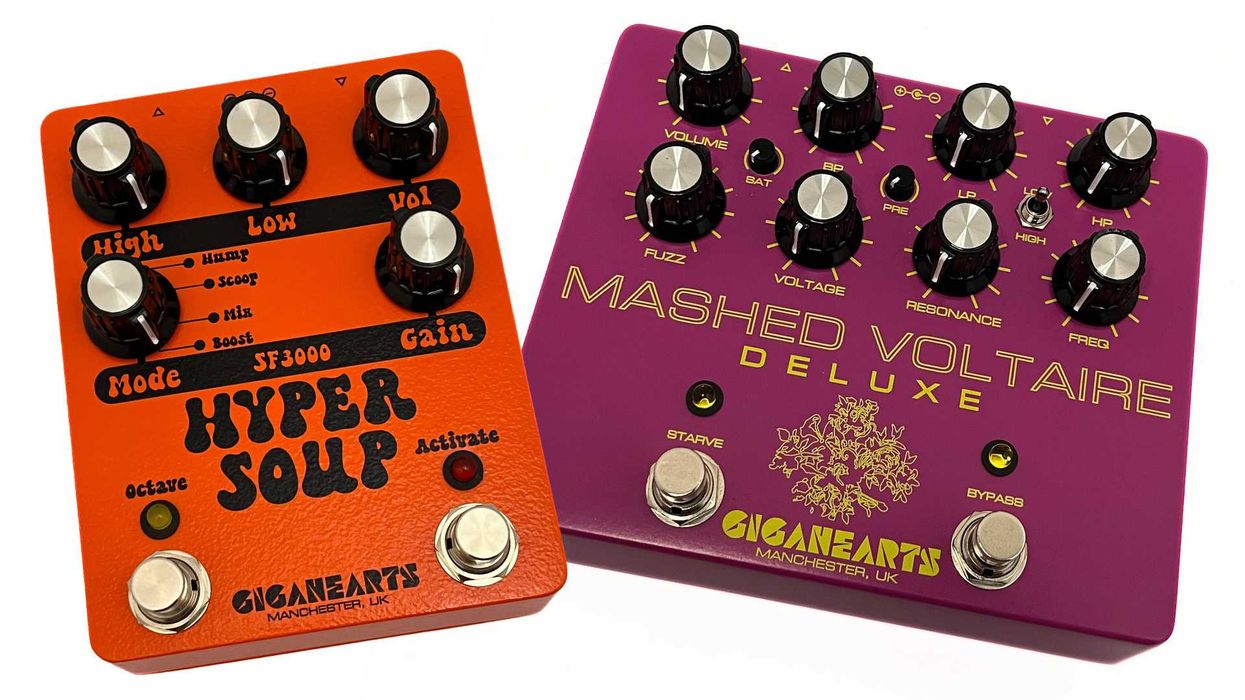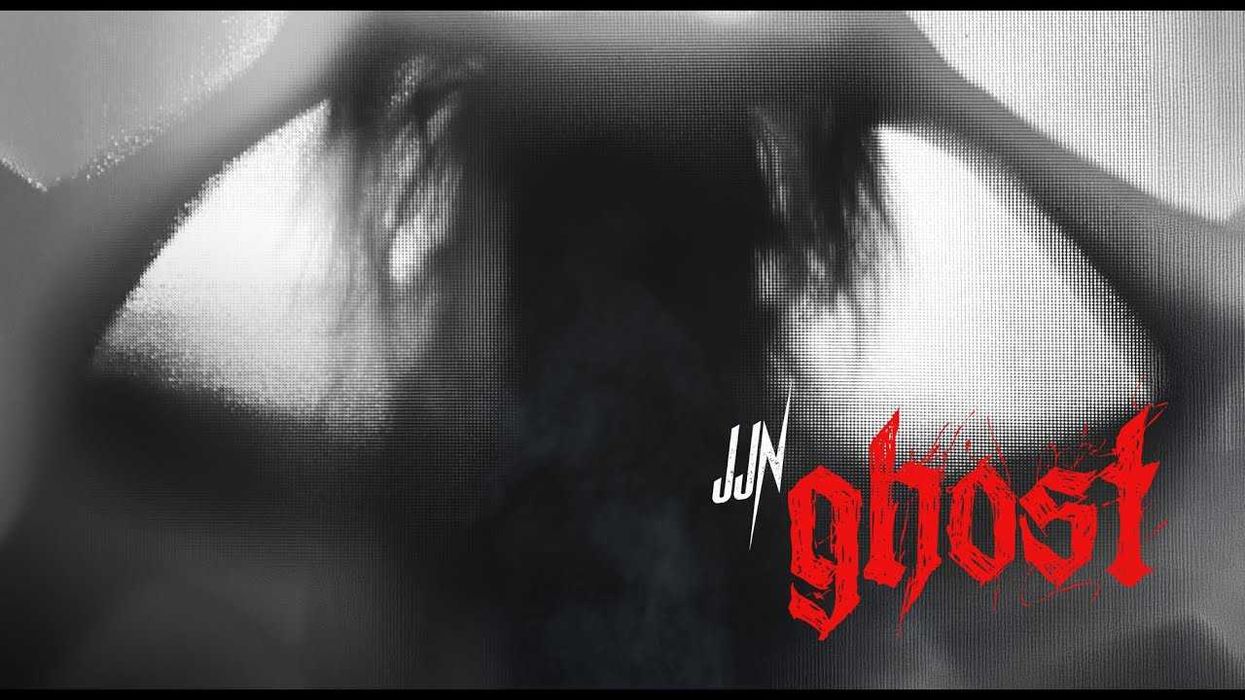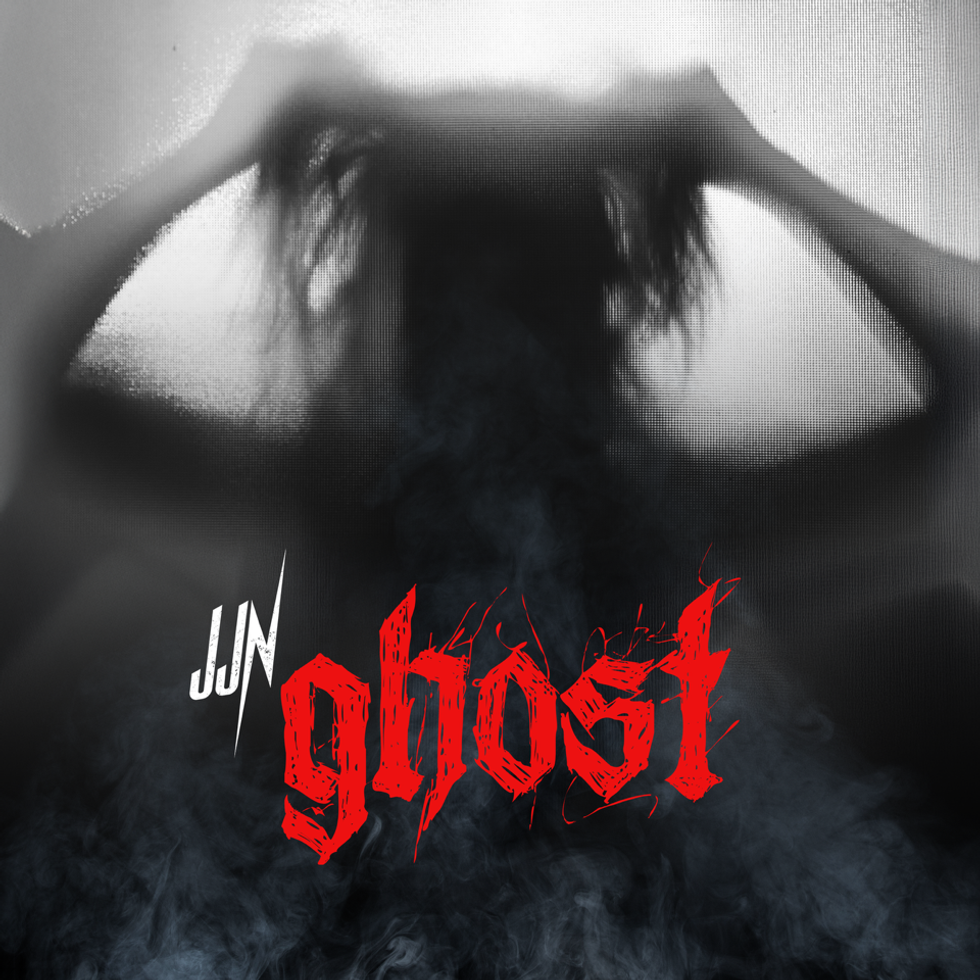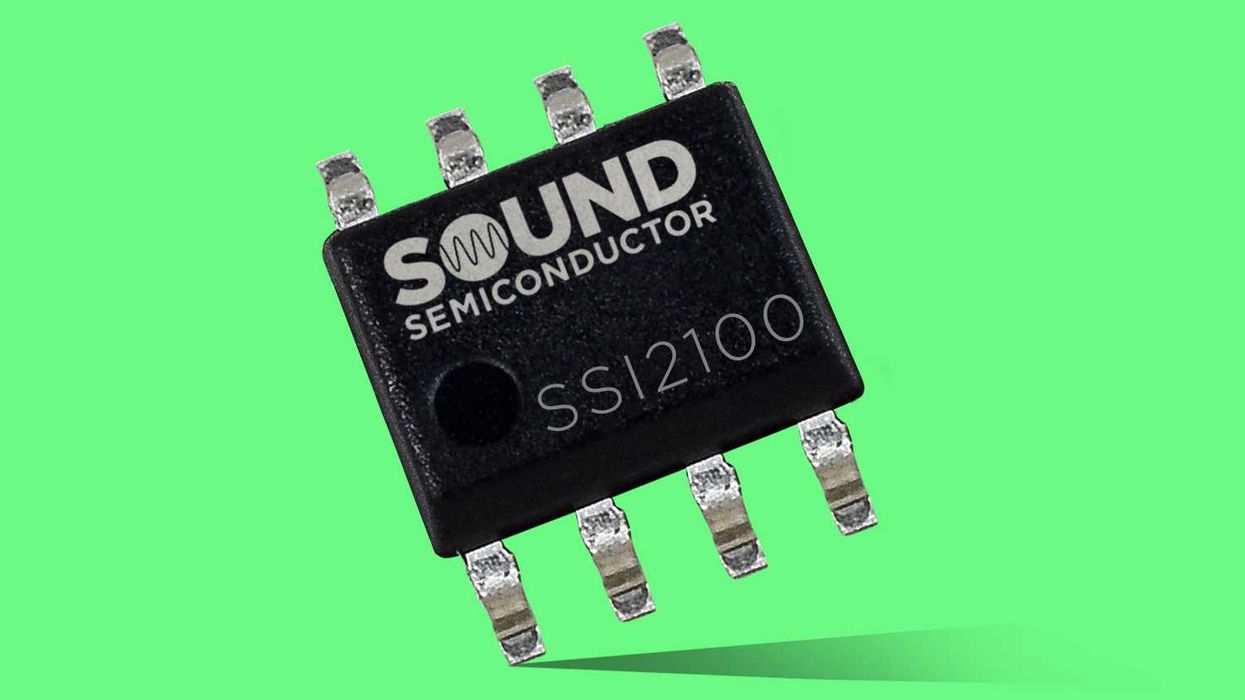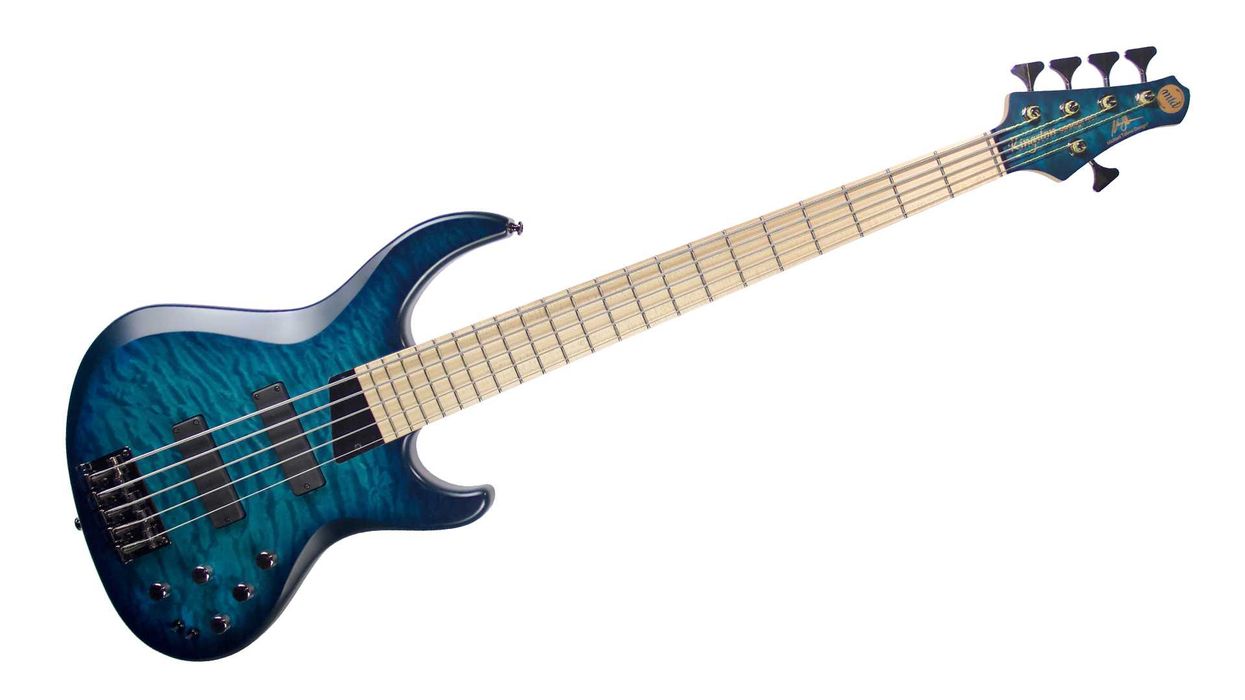Oasis Live '25 UK and Ireland tour announced, featuring shows in Cardiff, Manchester, London, Edinburgh, and Dublin in the summer of 2025. The long-awaited reunion of Liam and Noel Gallagher promises to be one of the biggest live moments of the decade. Tickets on sale August 31st.
Oasis today ends years of feverish speculation with the confirmation of a long-awaited run of UK and Ireland shows forming the domestic leg of their OASIS LIVE '25 world tour. Oasis will hit Cardiff, Manchester, London, Edinburgh, and Dublin in the summer of 2025. Their only shows in Europe next year, this will be one of the biggest live moments and hottest tickets of the decade.
The Oasis live experience is unlike anything else. The roar that greets them as they step on stage. A set full of wall-to-wall classics. The spine-tingling sensation of being in a crowd singing back every word. And especially the charisma, spark, and intensity that only comes when Liam and Noel Gallagher are on stage together.
The brothers have flourished with their own projects since the band split in 2009, with ten UK #1 albums between them as well as countless festival headline sets and stadium and arena shows. But Oasis is something else. There has been no great revelatory moment that has ignited the reunion – just the gradual realization that the time is right. Yet the timing must be a subconscious influence. This Thursday represents 30 years to the day since their electrifying debut album Definitely Maybe was released, while 2025 will see the equally essential second record (What’s The Story) Morning Glory? reach that same anniversary.
Oasis commented,
“The guns have fallen silent. The stars have aligned. The great wait is over. Come see. It will not be televised.”
Plans are underway for OASIS LIVE ’25 to go to other continents outside of Europe later next year.
Oasis’ legend has only been amplified in their absence. The classics that Liam and Noel have played in their solo shows have inspired phenomenal public demand for the band to make a long-awaited return, while the Knebworth 1996 film provided a taste of their exhilarating live performances to a whole new generation. They remain a huge draw in the streaming era, with 21.5 million monthly listeners on Spotify alone and a total of 12 billion streams to date. This Friday will also see the release of the Deluxe 30th Anniversary Edition of Definitely Maybe, which is available to pre-order.
Tickets for the UK dates go on sale from 9 am local time on Saturday, August 31st, and will be available from ticketmaster.co.uk, gigsandtours.com, and seetickets.com. Dublin tickets will be available from 8 am that same day from ticketmaster.ie.
Tour Dates:
JULY 2025
- 4th - Cardiff, Principality Stadium
- 5th - Cardiff, Principality Stadium
- 11th - Manchester, Heaton Park
- 12th - Manchester, Heaton Park
- 19th - Manchester, Heaton Park
- 20th - Manchester, Heaton Park
- 25th - London, Wembley Stadium
- 26th - London, Wembley Stadium
AUGUST 2025
- 2nd - London, Wembley Stadium
- 3rd - London, Wembley Stadium
- 8th - Edinburgh, Scottish Gas Murrayfield Stadium
- 9th - Edinburgh, Scottish Gas Murrayfield Stadium
- 16th - Dublin, Croke Park
- 17th - Dublin, Croke Park
A quick recap of the Oasis UK story. Formed in Manchester, the band quickly became one of the biggest cultural phenomenons of the era as Definitely Maybe became the fastest-selling debut album in British history – and has since reached 17x Platinum in recognition of 5 million+ UK sales. All seven of their studio albums went straight to #1, as did their 2010 compilation Time Flies…. Their catalog features eight #1 singles, from “Some Might Say” to “The Importance of Being Idle,” as well as another fifteen Top 10 hits.
That huge following translated to the live arena, most famously playing to 125,000 people each night during two shows at Knebworth. Other big moments included two headline sets at Glastonbury in 1995 and 2004; huge homecoming shows at Manchester City’s Maine Road stadium; and a run of Wembley Stadium gigs which were documented in the live album Familiar To Millions.
Their accolades have included six BRIT Awards, including the Outstanding Contribution to British Music, two Ivor Novellos, and seventeen NME Awards.
For more information, please visit oasisinet.com.


